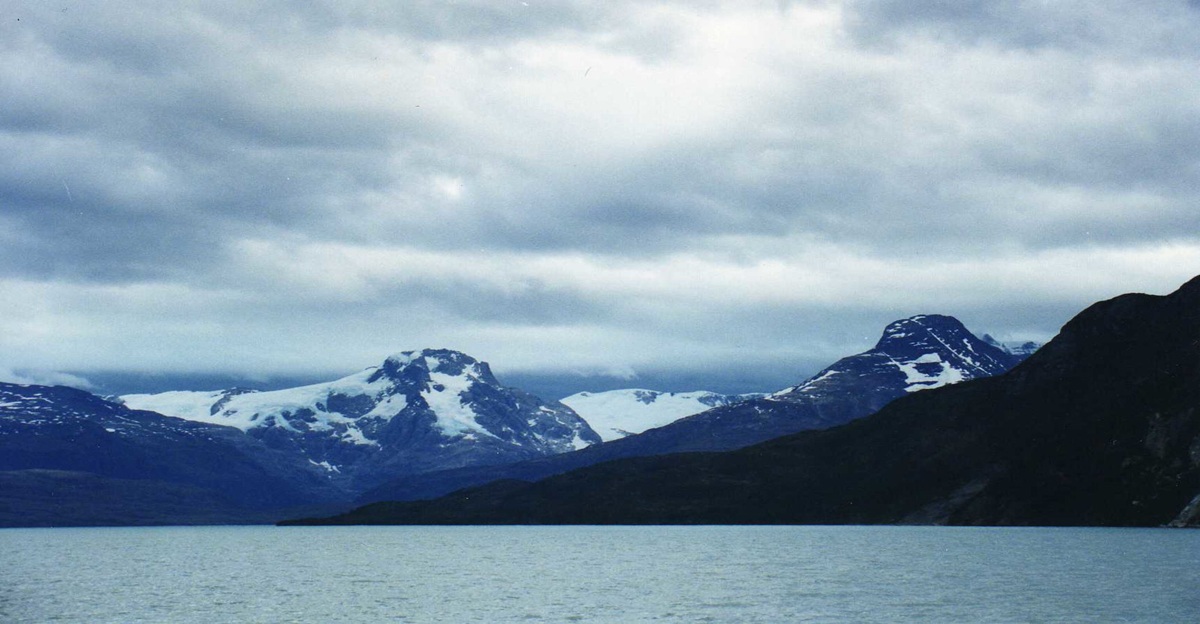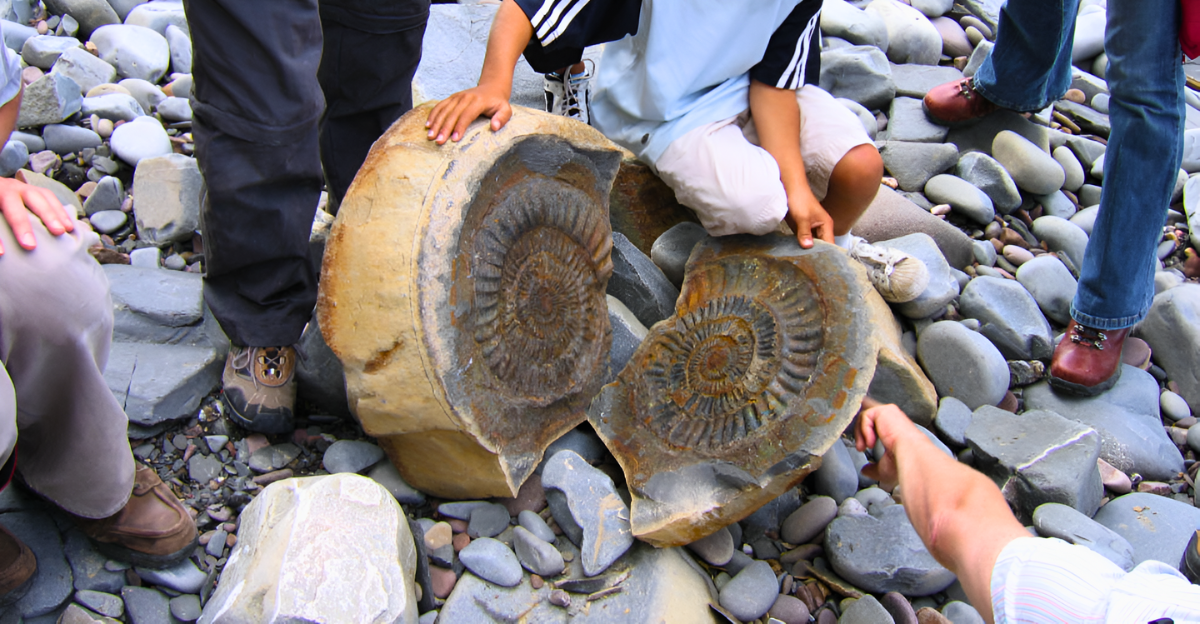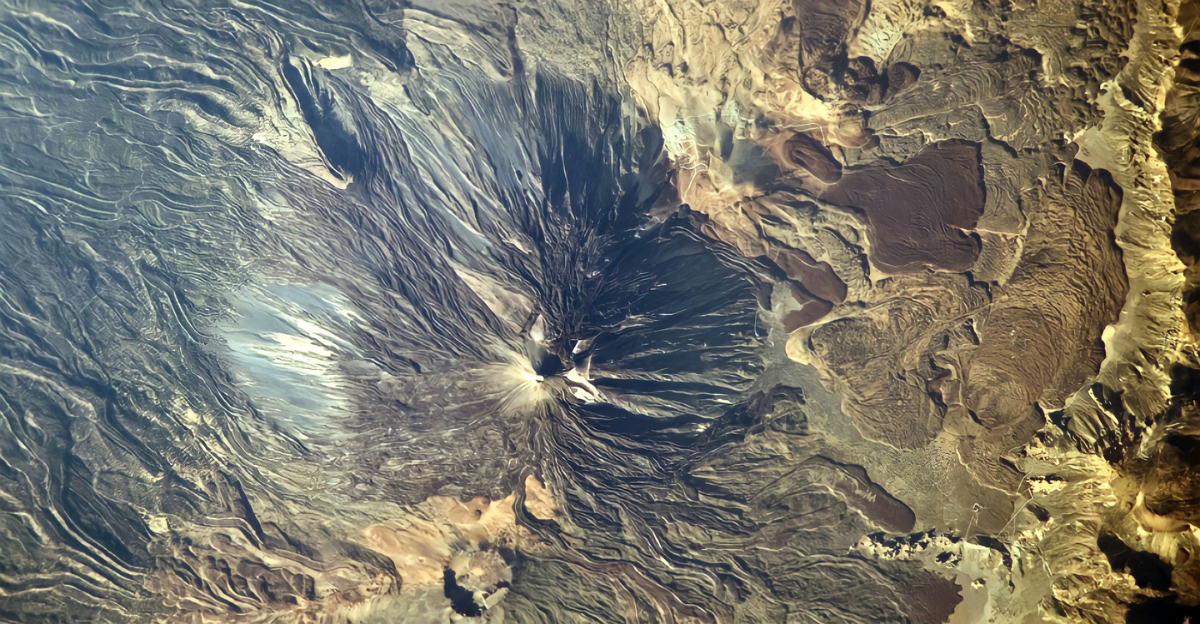
Have you ever wondered what exactly lies beneath the icy blanket of Antarctica? While there is a vast majority of penguins on other icy surfaces, scientists have now discovered a hidden gem underneath Antarctica. Said to be older than dinosaurs, the hidden mountain range dates back over 500 million years. The Gamburtsev Subglacial mountains, with peaks reaching the height of the Alps, are known to scientists.
You heard right, before trees, before humans, and even dinosaurs, these mountains stood tall. Thanks to a thick ice sheet acting as a natural refrigerator, these mountains remained well preserved. This mind-blowing revelation is rewriting what we know to date about ancient geology, tectonic history and subglacial landscapes.
Meet the Gamburtsev Frozen Giants

Gamburtsev Mountains, a discovery made by a Soviet team in 1858 using seismic technology, is now stunning the world as we know it. Scientists claim the mountain range is as large and rugged as the European Alps, buried beneath 1.5 miles of solid ice.
No explorer has ever seen the peaks with their own eye, and they remain hidden and untouched, shielded from erosion for millions of years in an icy layer. However, thanks to cutting-edge radar mapping and seismic surveys, scientists can now sketch out what once seemed like science fiction. The unseen majestic world below the ice is something worth exploring.
The Birth of the Icy Wonderland

The hidden peaks were born during an epic event on Earth known as the formation of Gondwana. The formation of the supercontinent, comprising Africa, South America, Antarctica, India, and Australia, occurred 650 million years ago. This happened when massive tectonic plates collided, squeezing the crust of the Earth and pushing mountains up sky high.
The continental mash-up, as it’s referred to, created intense geological pressure, leaving behind deep scars, which are the ancient mountains now buried under Antarctica’s ice. Advanced geological models can now trace this monumental structure due to tectonic stress zones reshaping the Earth’s crust during this massive event. All in all, it paints a picture of a violent and breathtaking Earth.
Tiny Crystals Hiding Big Secrets

Scientists used zircon crystals, tiny ancient minerals known as Earth’s geological time capsules, to figure out when the Gamburtsev Mountains formed. The scientists discovered these crystals in ancient sandstone from rivers that once flowed near the peaks. Crystal zircons record key events in time.
With the help of the crystals and uranium-lead dating, scientists were able to establish that the mountains rose around 650 million years ago, peaking by 580 million years, and collapsing around 500 million years ago.
The zircons’ durability through the ages has helped scientists to understand the rise and partial fall of this mountain range, peering into Earth’s deep-time past.
A Mountain Range with an Icy Guardian

Most mountain ranges easily crumble under wind, rain and tectonic motion, but not the Gamburtsev Subglacial mountains. The secret to their survival lies in the icy shell, acting as a cryogenic chamber, preserving the mountain range for half a billion years.
The icy armour prevented erosion over time, preserving the shape and crustal root of the mountains in a dense structure beneath. The ice-preserved mountains are now known as the most well-preserved ancient ranges on the planet, and an untouched geological wonder hidden under Antarctica’s frigid silence.
Peaking Beneath Antarctica’s Secret Shield

The question that often beckons is, how do you map mountains that no one has ever seen? In this case, radar surveys, seismic imaging and satellite tech are tools used to pierce Antarctica’s ice sheet. Radar and waves penetrate the ground and ice to reveal hidden valleys, ridges, and lakes far below the ice.
The waves and radar capture three-dimensional images of the bedrock to uncover subglacial terrains. It also helps scientists to model how ice melts, flows and interacts with the land below. This helps us to understand climate change and glacier dynamics.
How Hidden Mountains Shape Melting Ice

Did you know that mountains are not stationary or complacent? They are living and moving, shaping the flow of glaciers and influencing how ice sheets behave. The buried Gamburtsev range plays a critical role in how water drains, glaciers move, and even how fast ice melts.
Ridges in the mountains slow down ice flow, and other ridges create hidden meltwater pockets to lubricate movement.
Thus, in secret, peaks do not just tell stories of the past; they also affect modern climate systems, giving new meaning to the phrase “making mountains move”.
Why These Mountains Still Baffle Scientists?

Despite all the years of study surrounding the Gamburtsev Mountains, much of their origins and secrets remain a mystery. Scientists still don’t understand how such a rugged range formed unnoticed in a tectonically silent region for millions of years.
Their preservation, formation and partial collapse offer small clues, leading to more key questions.
The range’s symmetrical shape and high elevation without ongoing tectonic activity create contradictions, making East Antarctica one of the planet’s most enigmatic geological frontiers. D
Reaching the Mountains Below

The eager question in every explorer’s mind: How do we reach the majestic Gamburtsev Mountains? Unfortunately, 1.5 miles of Antarctic ice covers them, and drilling through is no easy feat. Past projects such as Lake Vostok and the IceCube Neutrino Observatory explained that it is possible, although technically complex and expensive.
Scientists are hoping to combine advanced drilling methods with satellite tracking to reach the frozen frontier and give us direct evidence of the range’s structure, composition and mineral content. However, this requires better funding and advanced technology, which the next decade might bring.
Could Life Be Hiding Too?

Beyond the mountains, Antarctica is also known for its vast subglacial lakes, sediment and potential microbial life. Studies on these isolated ecosystems could help us find whether there is life in these extreme environments.
Speculation adds that mineral deposits and unknown geological resources could hide in these inaccessible regions. However, as radar technology improves, we might discover more under the East Antarctic ice sheet, maybe even life.
Why Antarctica’s Core Hasn’t Moved in Millions of Years

Despite the global shifts and the rising mountains elsewhere. East Antarctica remains geologically stable and has done so for over 500 million years. The ancient, calm demeanour of the region allowed the Gamburtsev Mountains to stay hidden and preserved, unlike any other range eroded by time.
Studying its stability, scientists can comprehend how continents evolve, crust thickens, and tectonic stress behaviour over millennia. It offers more insight into current ranges like the Andes and Alps, and their behaviour far into the future.
Buried Wonders, Big Discoveries

The Gamburtsev Subglacial Mountains are an iconic window into a time before life bloomed on Earth. Buried beneath an icy sheath, the invisible giant shows how continents collide, mountains rise and fall, and how the earth adapts over aeons.
As technology advances, we edge closer to discovering more and solving many of the secrets hidden in Antarctica’s icy wonderland.






